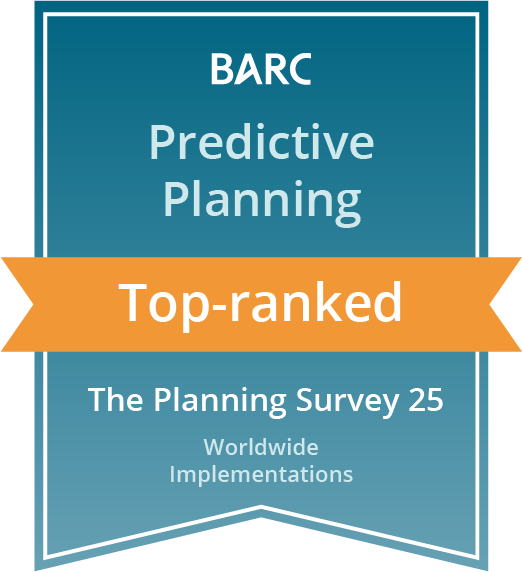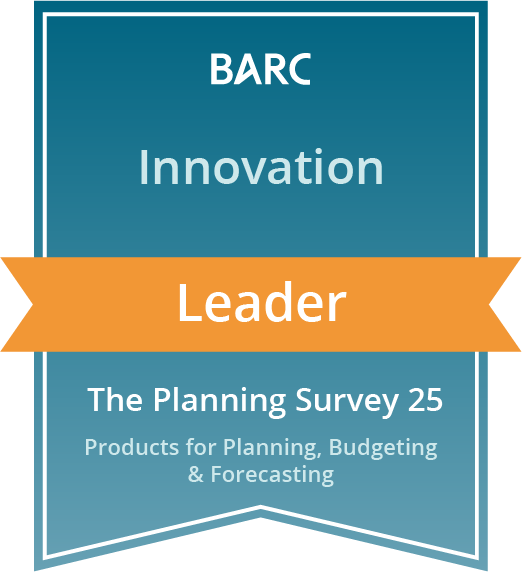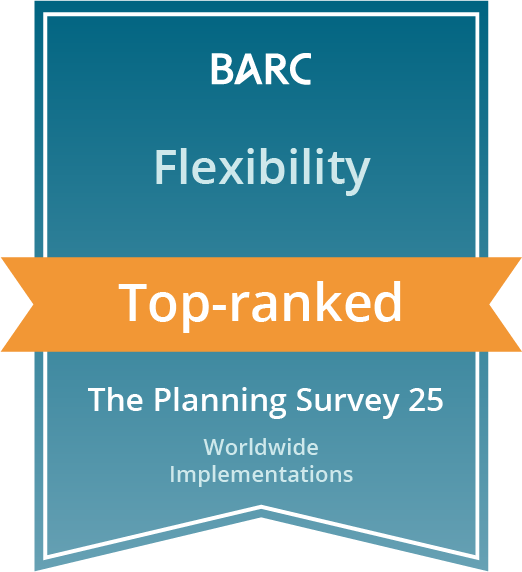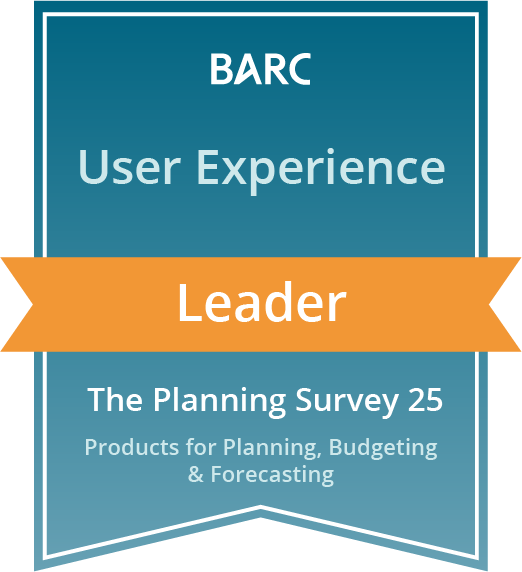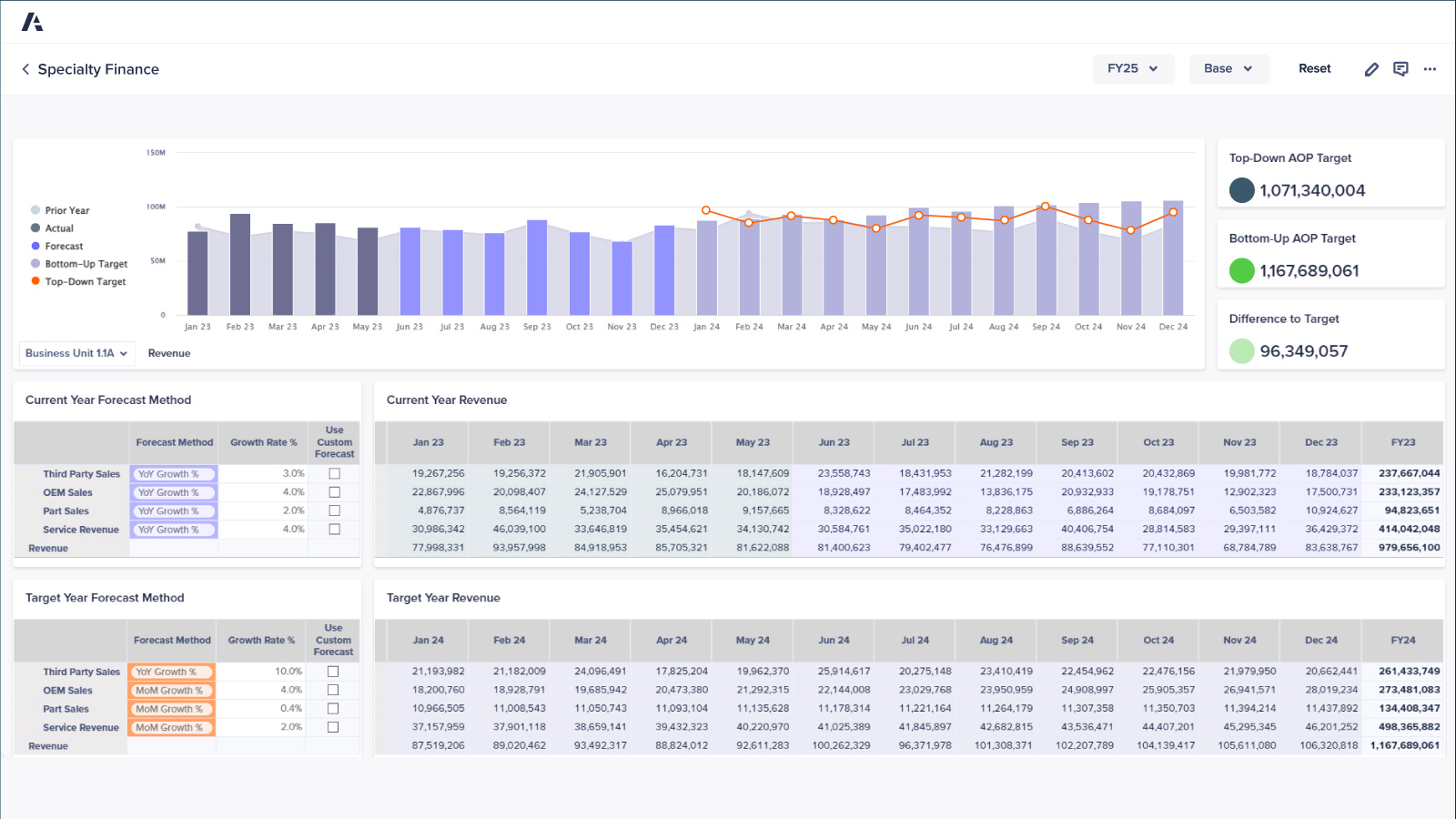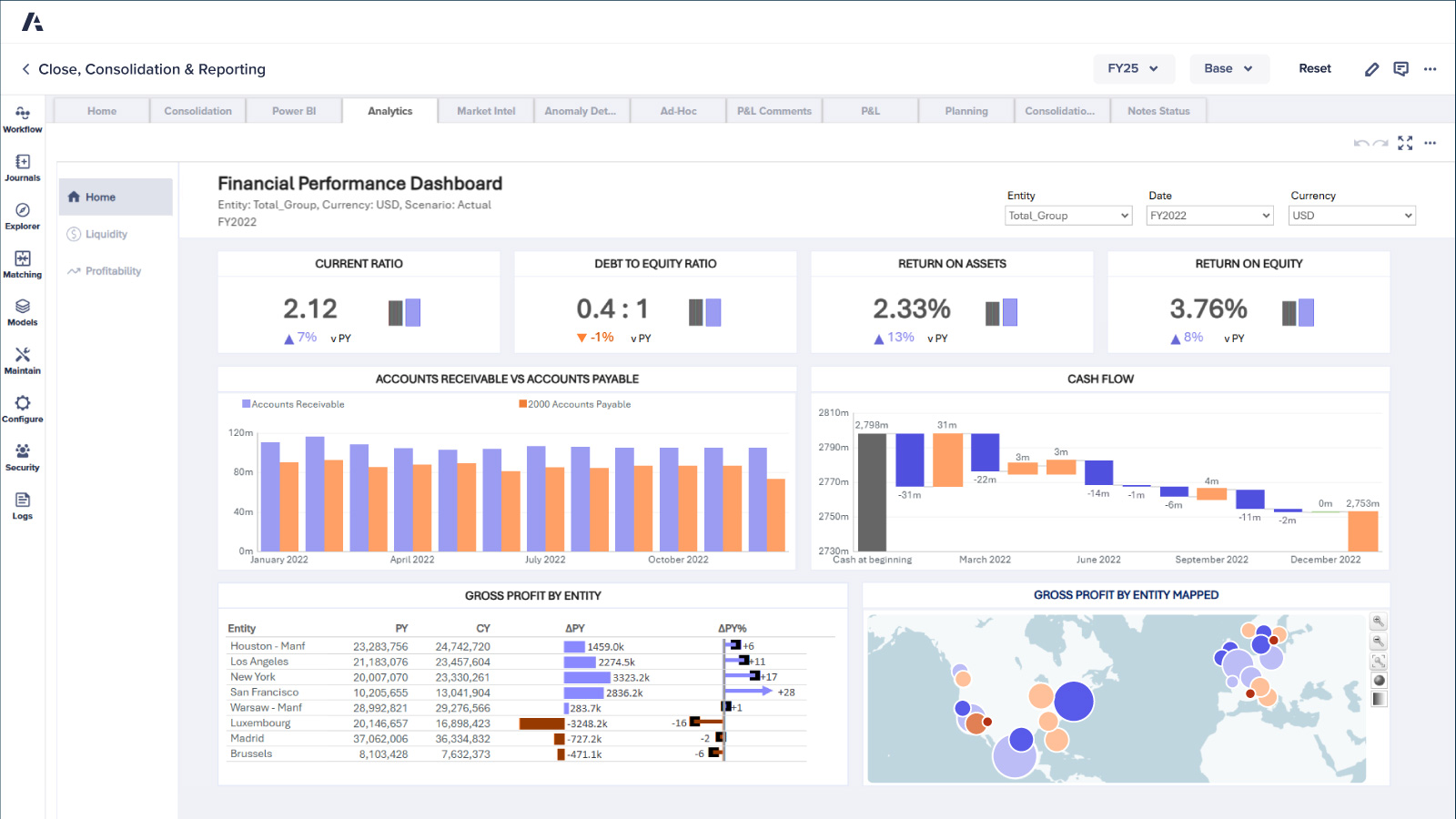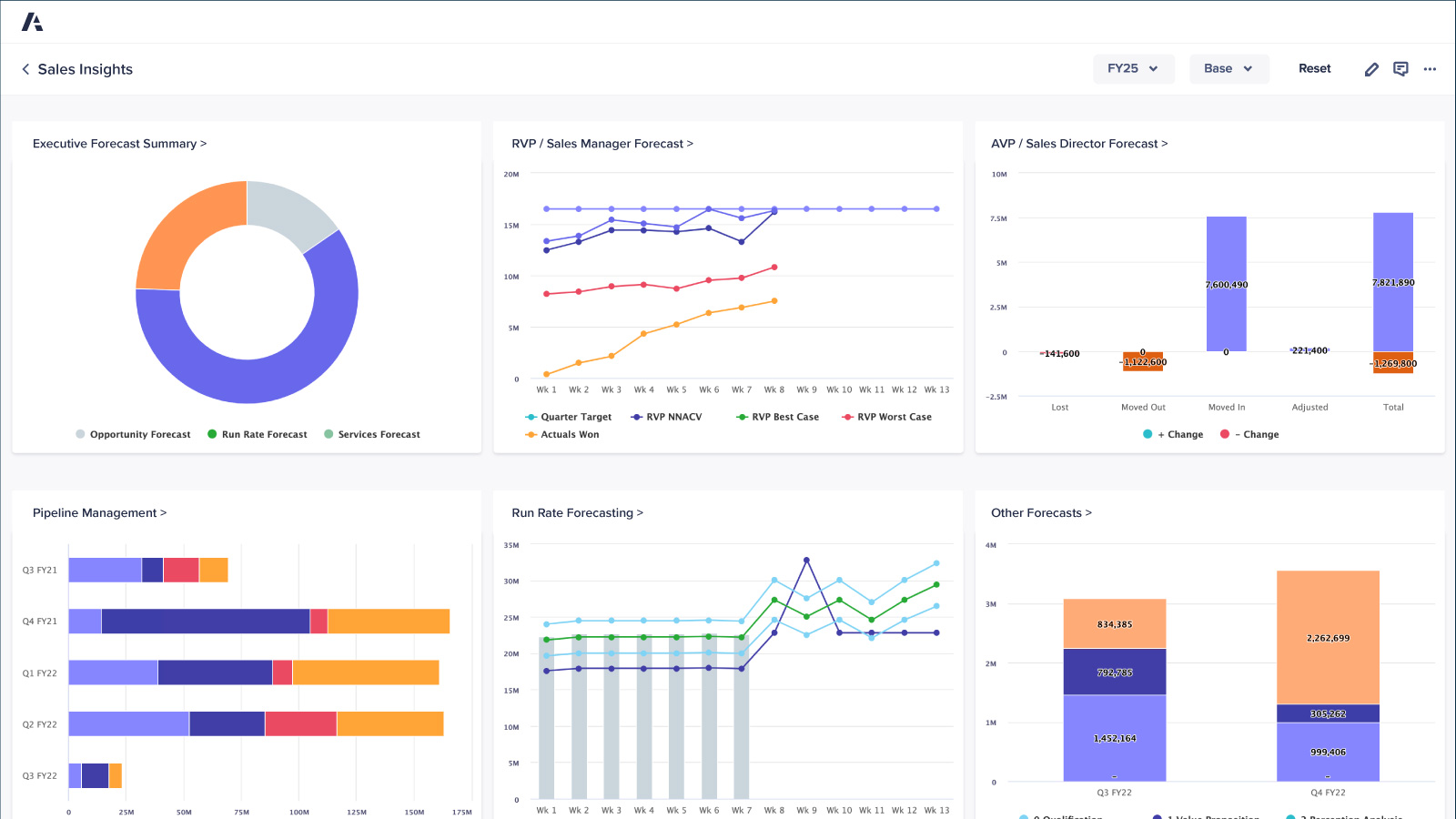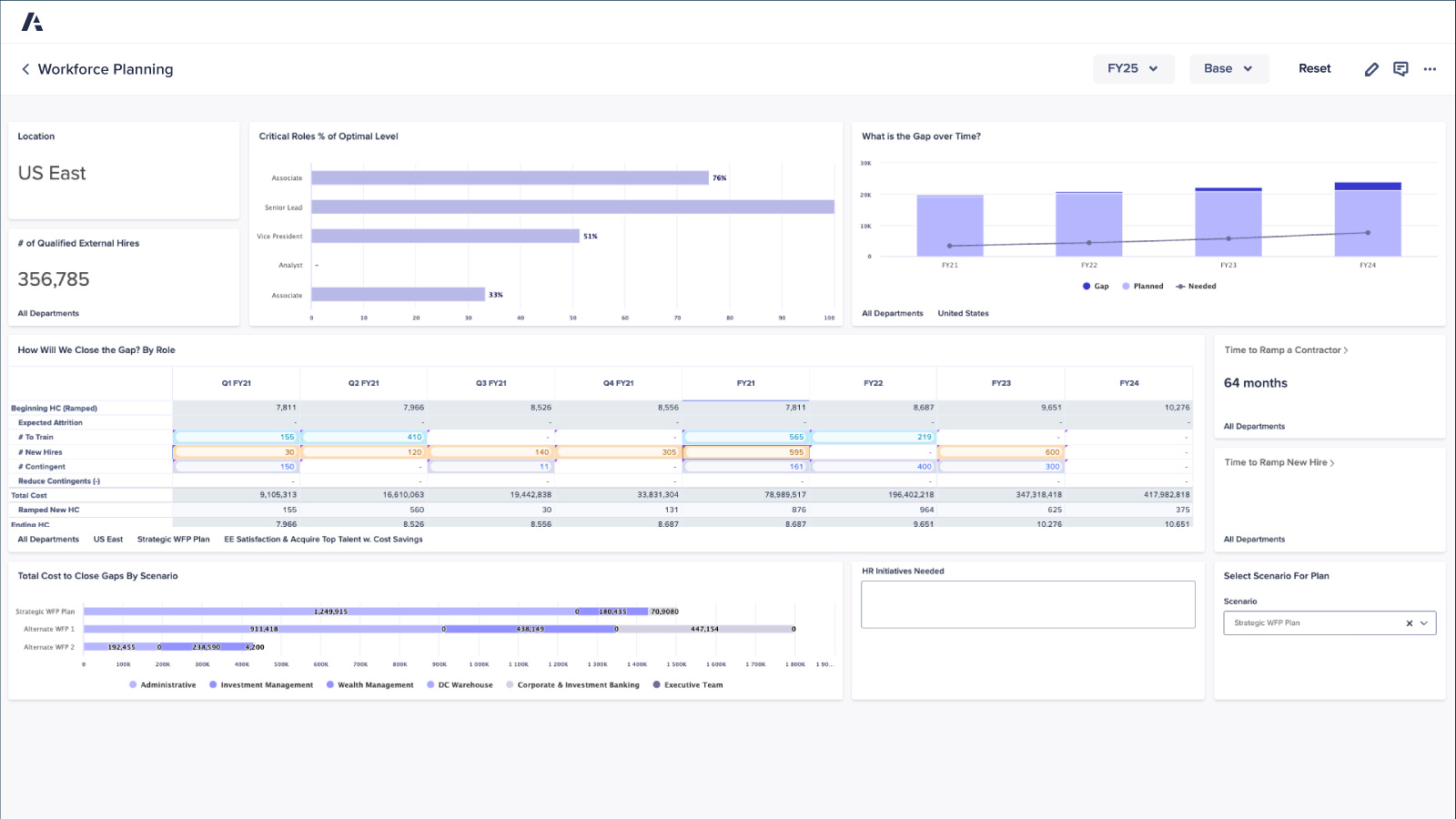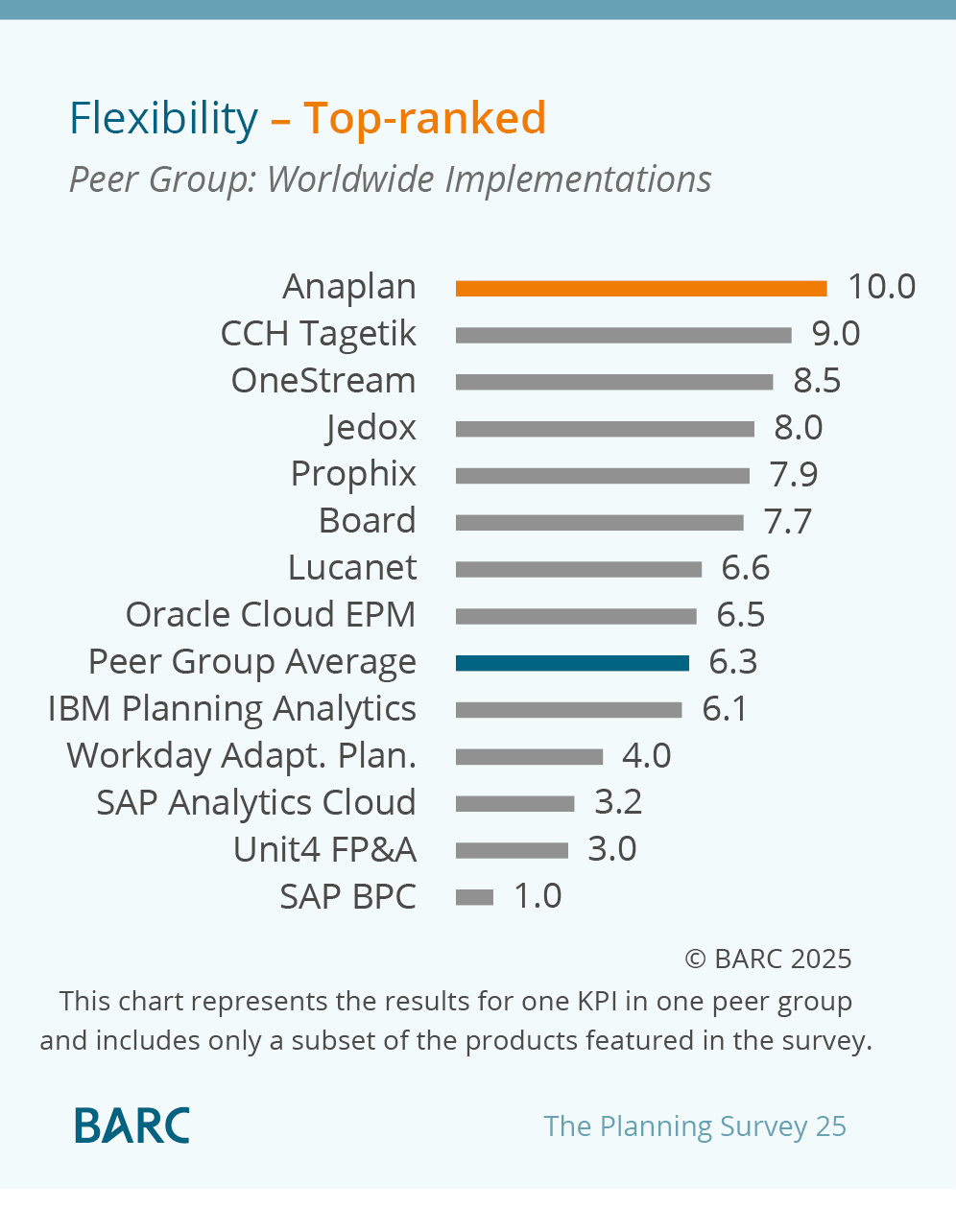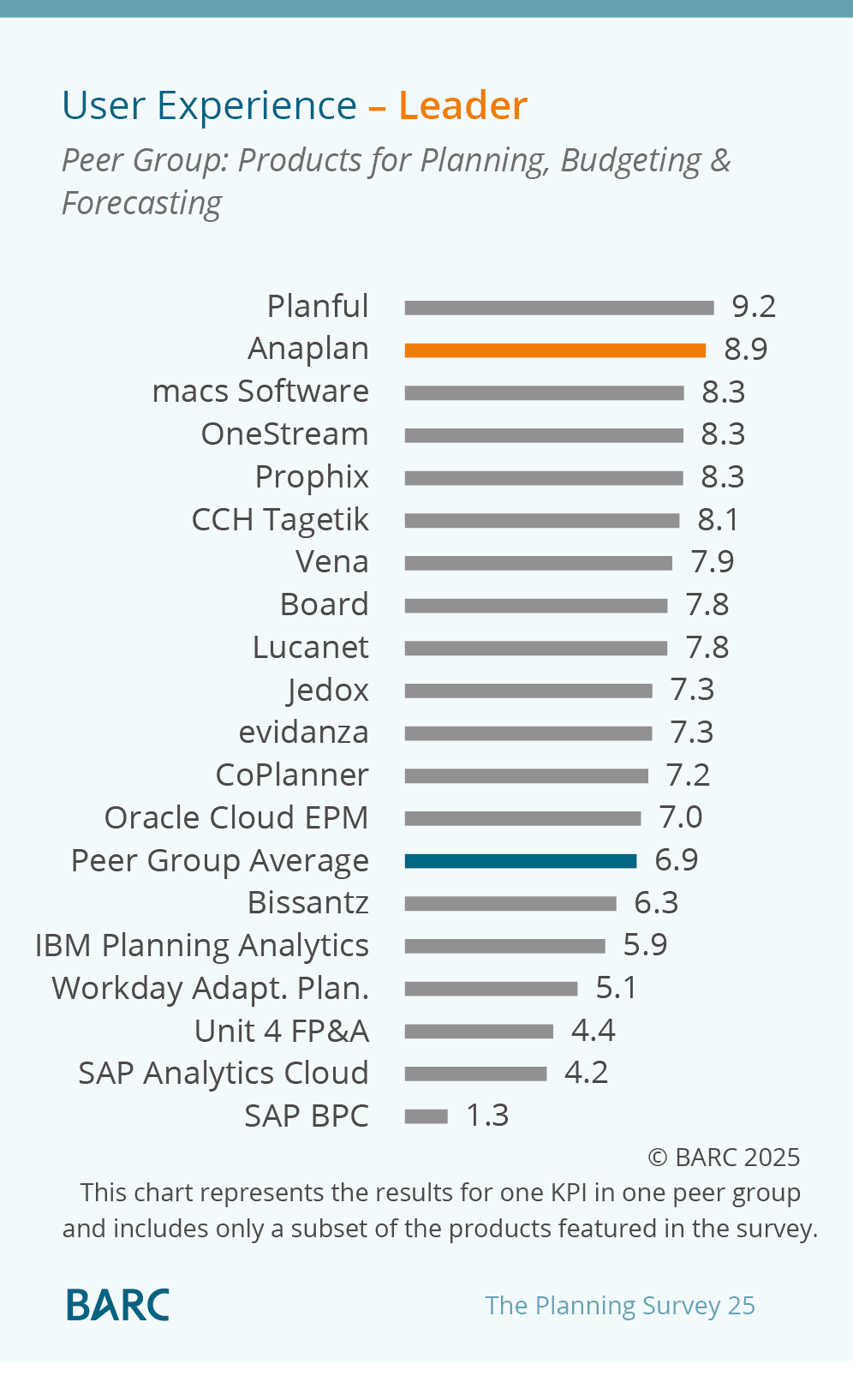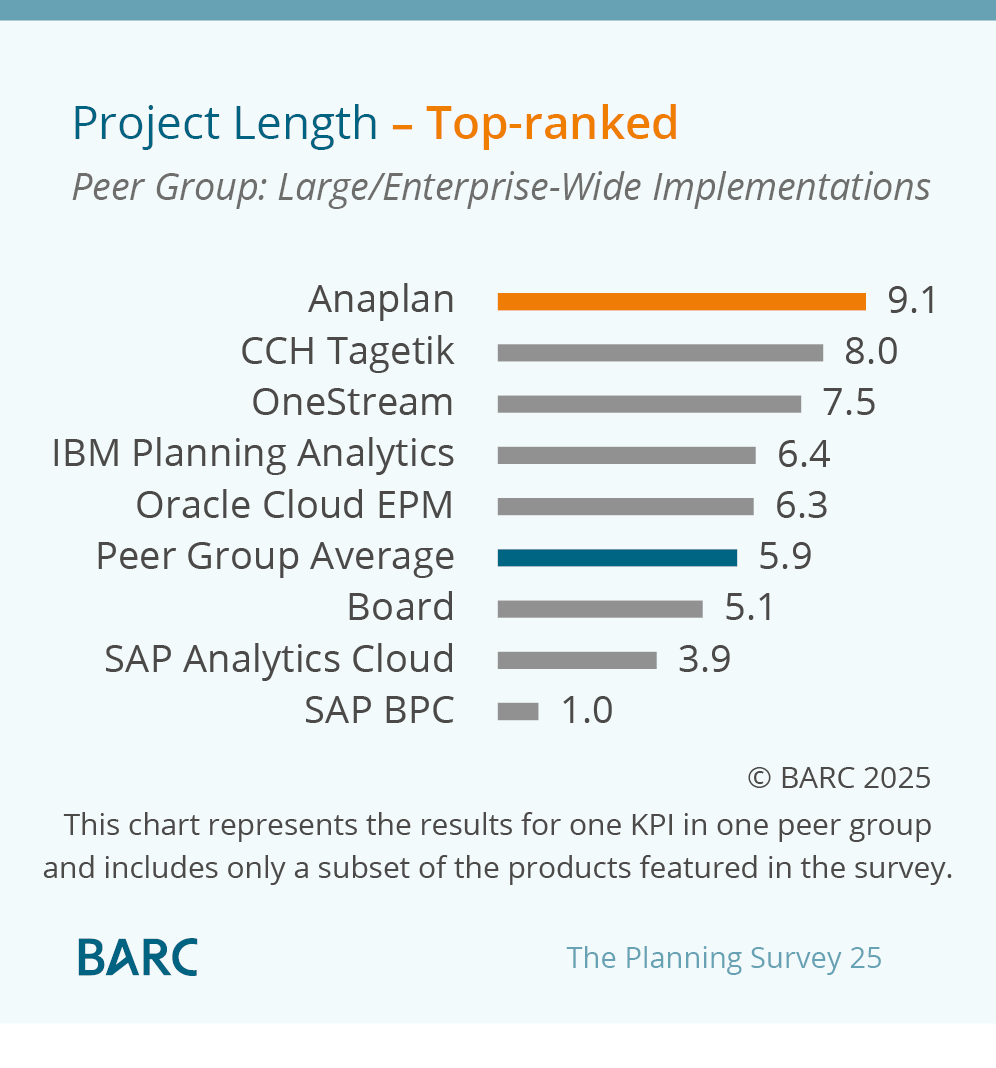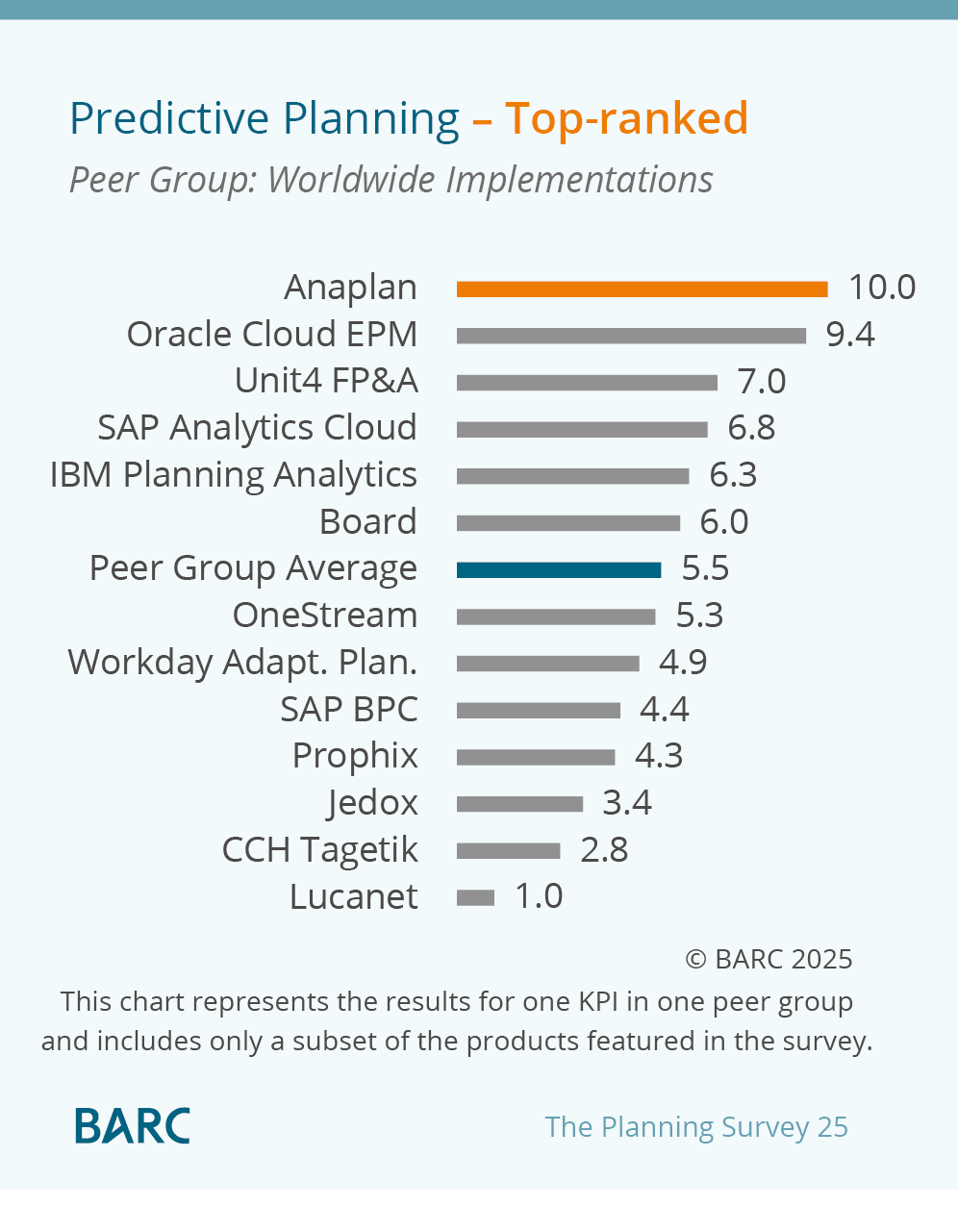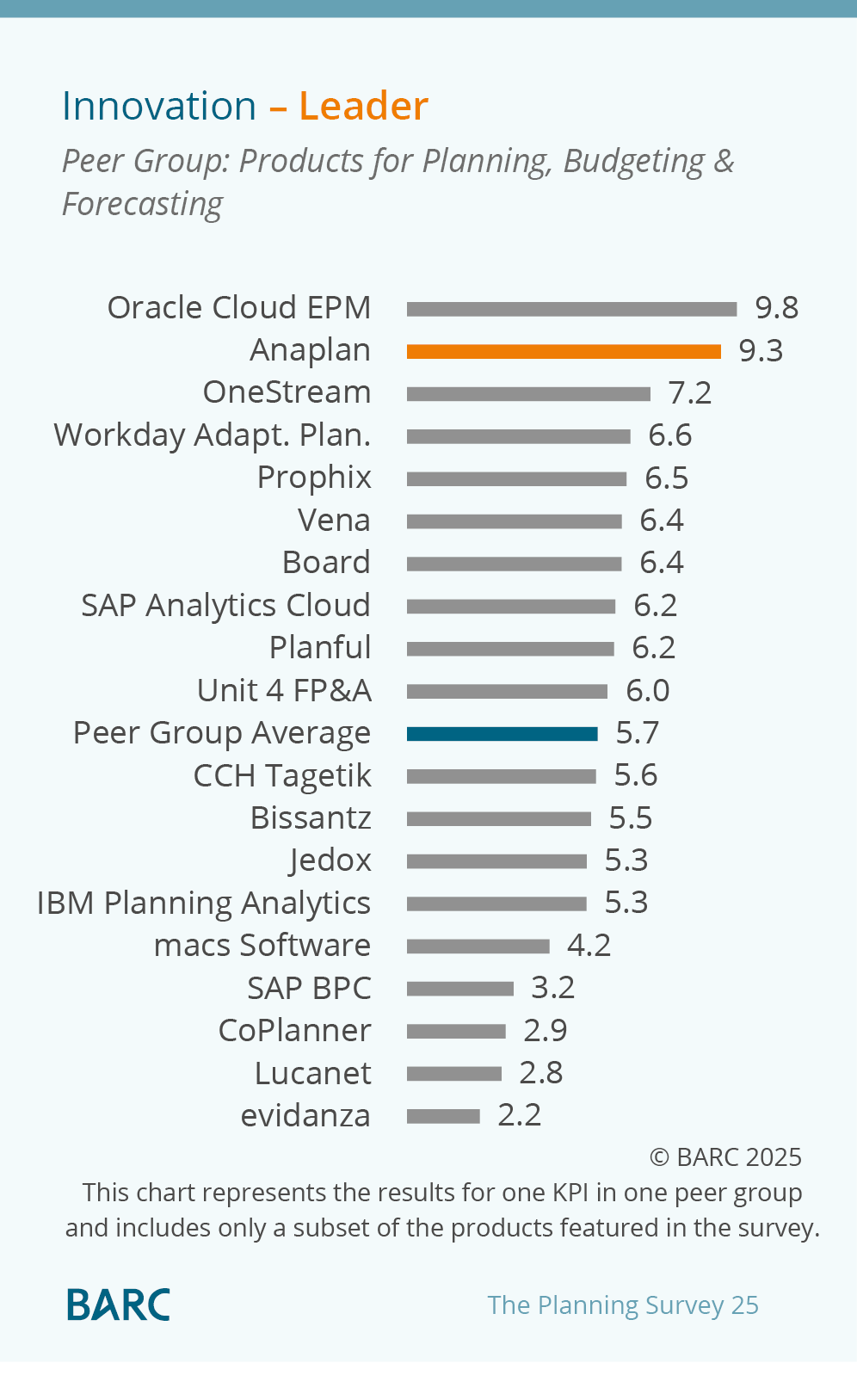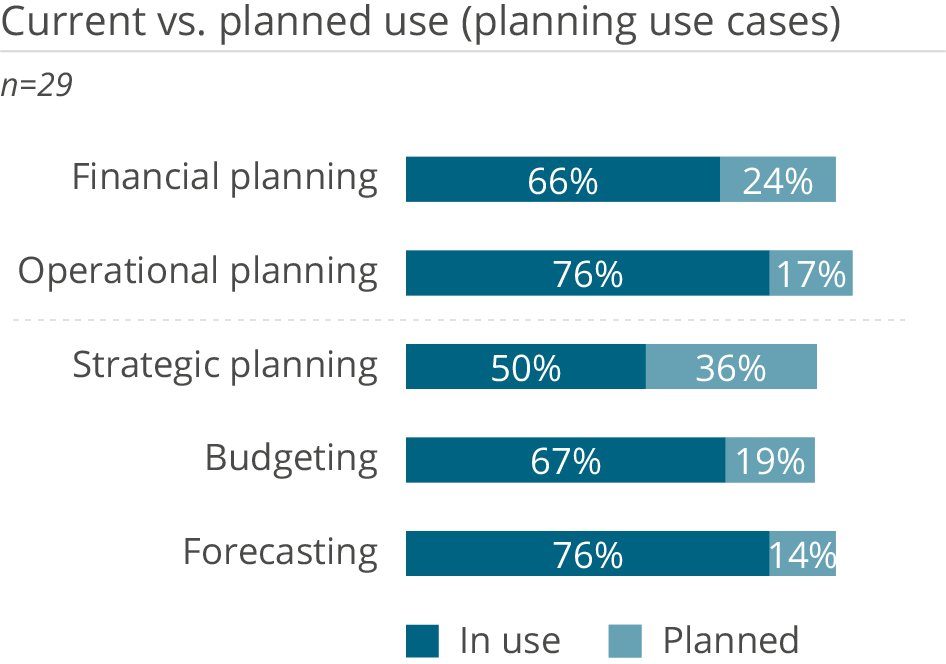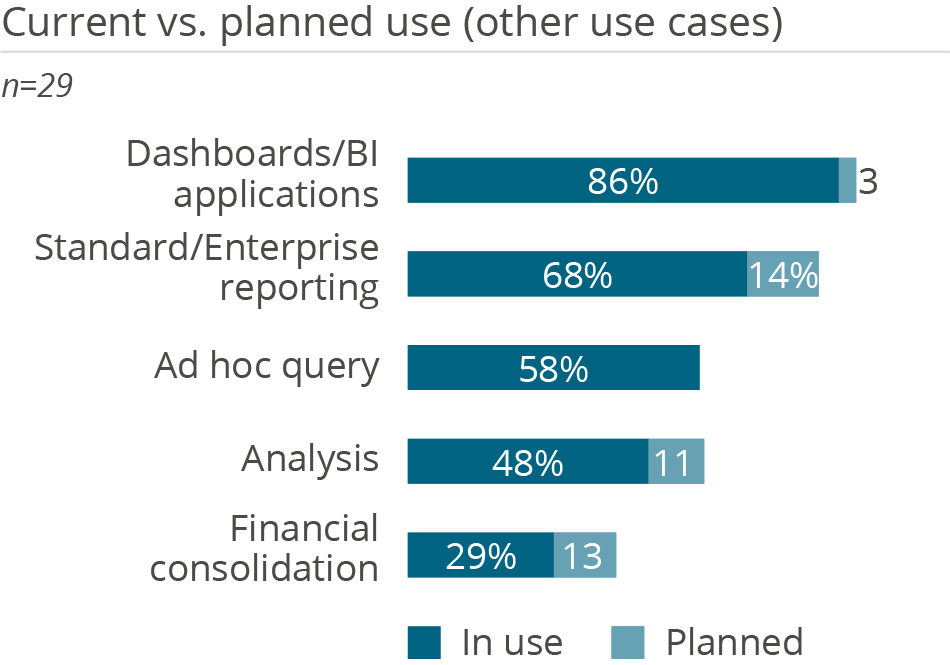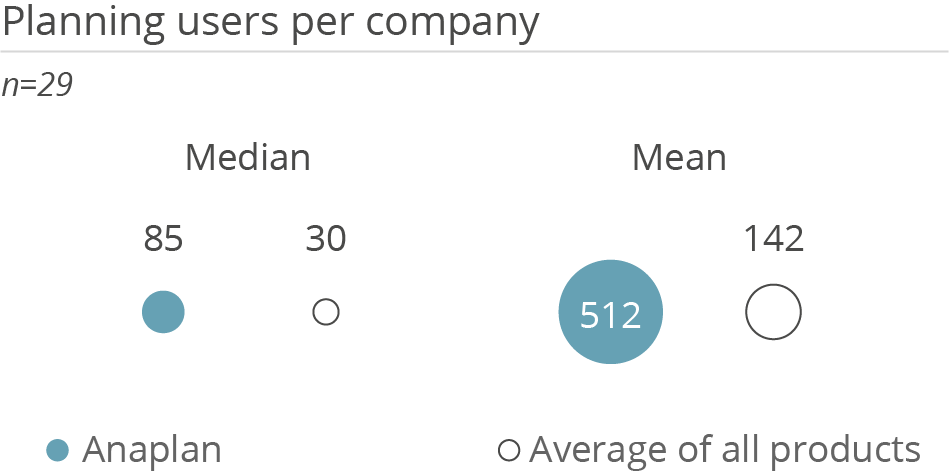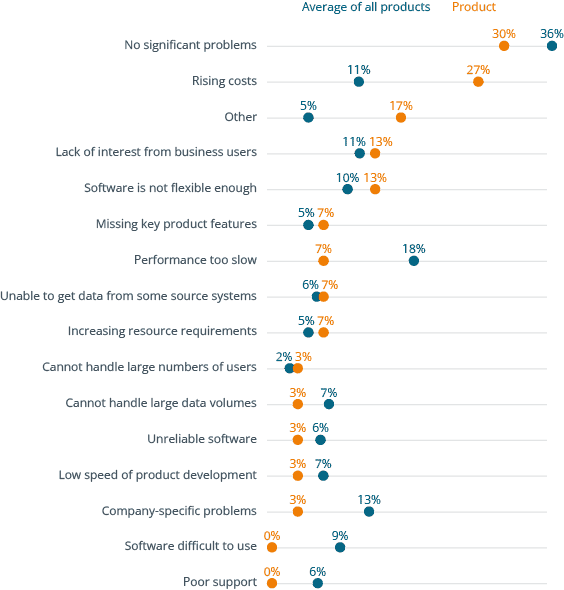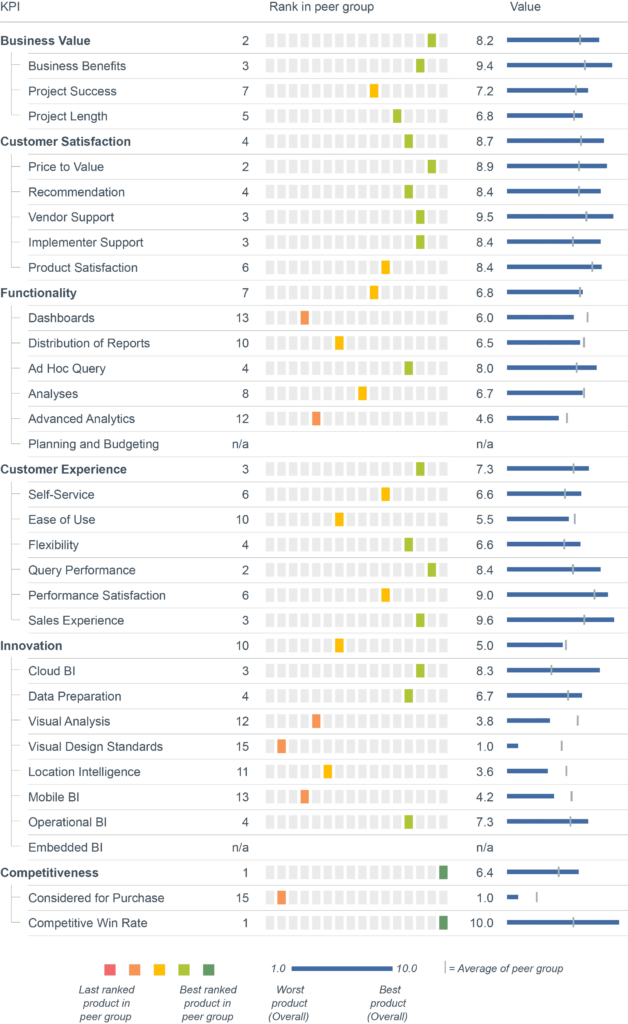Number of employees
Industry
Source
What do you like best?
Real-Time Collaboration: Enables teams to collaborate in real time, improving decision-making and communication across departments. Scalability: Easily scales to accommodate growing data volumes and user numbers, making it suitable for organizations of all sizes. Flexibility and Customization: Provides a highly flexible modeling environment, allowing users to create custom models tailored to their specific business needs. Integrated Planning: Supports business planning across finance, sales, supply chain, and other functions, offering a holistic view of organizational performance. User-Friendly Interface: Features an intuitive design, making it accessible to users without extensive technical expertise and encouraging broader adoption. Data Integration: Integrates with various data sources, enabling comprehensive analysis by pulling data from multiple systems. Scenario Planning: Allows for robust scenario modeling, helping organizations evaluate different business scenarios and their potential impacts. Advanced Analytics: Leverages advanced analytics and forecasting capabilities to drive insights and strategic decision-making. Security and Governance: Offers strong security features and governance controls to protect sensitive data and ensure compliance. Cloud-Based Accessibility: As a cloud-based platform, Anaplan enables remote work and global collaboration from anywhere.
What do you like least/what could be improved?
Complexity for New Users: While the interface is user-friendly, the initial setup and modeling can be complex, requiring a learning curve. Performance with Large Datasets: Although Anaplan handles large data volumes, performance can lag with extremely large datasets or complex calculations. Limited Built-In Reporting: While it offers robust modeling capabilities, its built-in reporting features are less comprehensive compared to dedicated BI tools. Dependency on IT Support: Complex models and integrations may require ongoing IT support, potentially straining internal resources. Customization Challenges: While flexibility is a strength, excessive customization can complicate maintenance and updates. Integration Complexity: Connecting Anaplan with other systems can be challenging, often requiring significant effort and technical expertise. User Management: Managing user permissions and roles can be cumbersome, particularly in large organizations. Limited Offline Capabilities: As a cloud-based platform, Anaplan offers minimal offline access, which can be a drawback for users needing connectivity-free access. Steep Learning Curve for Advanced Features: While basic functionalities are accessible, mastering advanced features and modeling capabilities requires extensive training.
What key advice would you give to other companies looking to introduce/use the product?
Define Clear Objectives: Identify specific goals and use cases for Anaplan. Determine the problems you aim to solve, such as budgeting, forecasting, or resource allocation. Involve Stakeholders Early: Engage key stakeholders from various departments (finance, sales, operations) early in the process to gather requirements and ensure buy-in. Assess Current Processes: Evaluate your existing planning and forecasting processes to identify inefficiencies and areas for improvement that Anaplan can address. Invest in Training: Provide comprehensive training for users at all levels to maximize the platform’s capabilities and ensure smooth adoption. Start Small: Begin with a pilot project or a specific department before rolling out Anaplan company-wide. This approach allows you to refine processes and build expertise gradually. Leverage Anaplan’s Community: Take advantage of Anaplan’s user community and resources for support, best practices, and insights from other users. Plan for Data Integration: Assess your data sources and develop a strategy for integrating them with Anaplan. Ensure data quality and consistency for effective modeling. Establish Governance: Set up governance structures to manage user roles, permissions, and data access, ensuring security and compliance. Monitor Performance: Continuously track performance and user feedback post-implementation to make necessary adjustments and improvements. Stay Flexible: Be prepared to adapt your approach as you learn more about Anaplan’s capabilities and how they align with your organization’s needs.
How would you sum up your experience?
Overall, Anaplan is a valuable asset for our business and others alike. Its flexibility encourages businesses and process owners to standardize workflows and adopt a long-term perspective.

